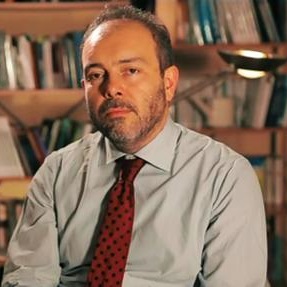Reshaping pharmaceutical marketing: do sales reps shower in the morning or in the evening?
This question might seem bizarre, but instead it stems from a sharp reflection of a McKinsey global...

Salvatore Ruggiero nasce a Napoli nel 1964, si definisce un imprenditore seriale. Oggi a capo del gruppo Merqurio, di cui è stato anche fondatore. Sposato con Giuseppina, ha due figli e nel tempo libero, tra un'escursione e un'altra, tra un film ed un altro, è alla ricerca della ricetta dei biscotti perfetti.
This question might seem bizarre, but instead it stems from a sharp reflection of a McKinsey global...
Pharmaceutical Sales Representative in Italy must change now or it will be overwhelmed.
Pharmaceutical Sales Representative is changing.The patient changes the Pharmaceutical Sales...